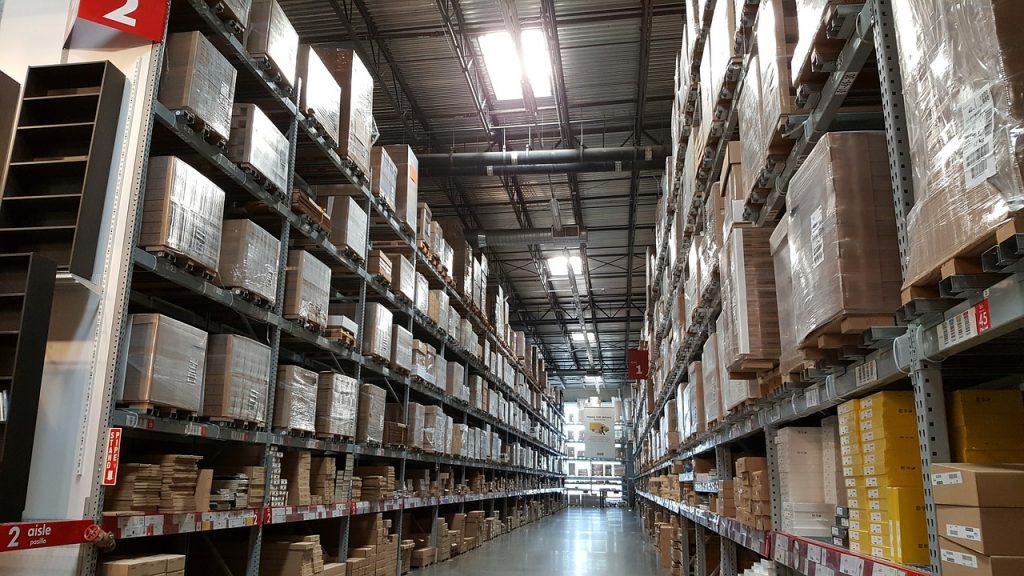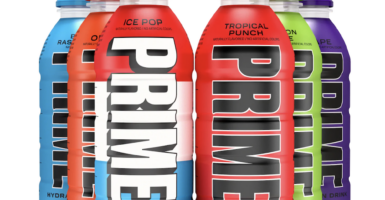How TJ Maxx Can Always Keep Its Prices So Low
TJ Maxx is able to keep its prices consistently low because it's business model is based entirely on acquiring overstock and operating off a minimal advertising budget.
This article is more than 2 years old
TJ Maxx has a unique business model that allows it to keep its prices very low. Unlike other retailers, stores like TJ Maxx, Home Goods, and Marshall’s rely on overstock to keep their stores full of items for shoppers to scoop up. Selling overstock instead of buying items directly from wholesalers is how they are able to consistently offer items at prices far below what you would pay for them elsewhere.
So how does the business model that TJ Maxx utilizes actually work? Essentially, TJ Maxx is ready and willing to buy merchandise at any point in the year. For instance, when seasons change or fashion trends suddenly fade away TJ Maxx swoops in and buys up all the excess merchandise from retailers who were unable to sell it. Eager to shed the fat, retailers will sell the merchandise to stores like TJ Maxx for far below what they initially paid the wholesaler for it, which in turn allows the retailer to sell the items to customers at noticeably deep discounts.
Also helping to fuel TJ Maxx’s consistently low prices is the fact that, in general, the store doesn’t hold onto merchandise. When they acquire products they quickly put them on the floor to be sold. They do this instead of housing it away for months at a time to sell at a different point in the year.
Contributing to their ability to offer highly discounted products even further is that TJ Maxx does not spend a ton of money on advertising. Hence, they don’t have to worry about maintaining hefty profit margins like some other traditional retailers. This helps to ensure they can offer customers the lowest price possible on every item in their stores, and according to CNN Business, those prices are usually between 20% and 60% less than what shoppers would typically have to pay elsewhere.
Furthermore, thanks to TJ Maxx’s unique business strategy, unlike other retailers, the company is now in a prime spot to scoop up some stellar inventory to turn a profit on. Why? Because thanks to the effects brought upon by inflation, numerous retailers are currently sitting on more overstock than they know what to do with.
In July, the United States Census Bureau estimated the current overstock to be valued at just over $700 billion. It’s no wonder why there currently isn’t enough warehouse space to go around! While this situation equates to a migraine-level headache for most retailers, for TJ Maxx it’s nothing short of a godsend.

All of the extra merchandise is just primed and ready for TJ Maxx’s taking. And honestly, that’s a major win not only for the retailer but for the consumer, too. Since retailers are likely ever-so-eager to get rid of the items plaguing their stock rooms (Walmart is even paying customers to keep their returns!), TJ Maxx will likely be able to acquire the products at a remarkably low cost.
If TJ Maxx purchases items for even less, this in turn will translate to how those items are priced at the consumer level. Logically then, shoppers can expect to see some items boast eye-poppingly low prices. For the inflation-affected individual, deals just don’t come better than that.





